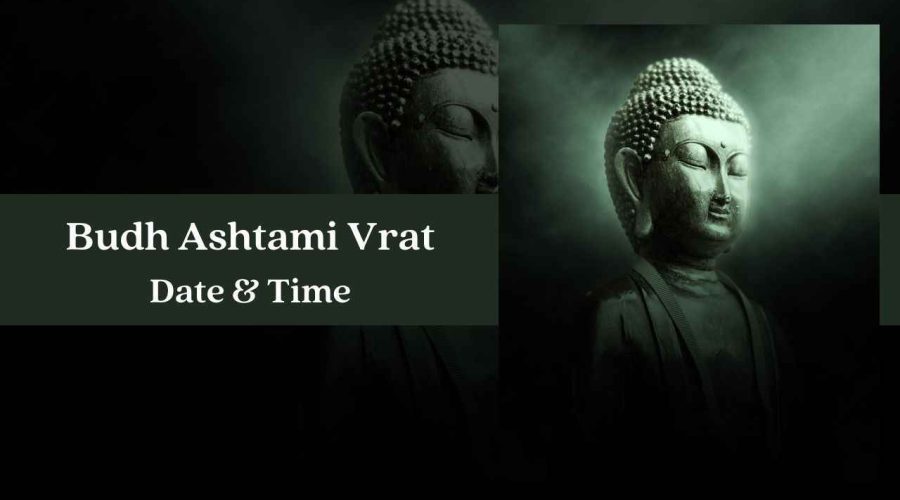Budh Ashtami Vrat 2023 Date, Time, Rituals & Significance
Budh Ashtami is a fortunate day for Hindu devotees that occurs when the ‘Ashtami’ tithi (8th day) falls on a Wednesday or ‘Budhwar’ in the traditional Hindu lunar calendar. Budh Ashtami can occur during either the ‘Shukla Paksha’ or the ‘Krishna Paksha’ in a given month. On this day, devotees honor Lord Shiva and Goddess Parvati with unwavering devotion and devotion. According to Hindu legends, a person who observes a fast on the day of Budh Ashtami will never enter Hell after death. Hindu devotees also observe the Budh Ashtami Vrat to seek divine blessings for their prosperity and well-being. Budh Ashtami Vrat is widely observed in the northern Indian states of Gujarat, Maharashtra, and Gujarat.
Budh Ashtami Vrat Date 2023
Wednesday, 06 September 2023
Story Behind Budh Ashtami Vrat
On Bush Ashtami, Lord Shiva and Parvati are worshipped in multiple locations. Lords Vishnu and Ganesha are also revered. On this day, a thorough cleaning of the home and worship of the presiding deity are required. According to the scriptures, worshipping God on Budh Ashtami brings good fortune and prosperity to one’s existence.
According to popular belief, Budashtami is also connected to the legend of Vaivaswat Manu. According to this, Manu had ten sons in addition to Ela, his daughter. Ela later became a male. According to legend, Manu performed the Mitravarun Yajna with the hope of having a son, but he was instead graced with a daughter. He gives her the name Ela.
Mitrawarun granted Ela the blessing of being the clan’s daughter and the offspring of Manu El. Once, while pursuing a prey, King El arrives at a location sanctified by Lord Shiva and Parvati. According to the blessing, anyone who reaches this location will transform into an attractive woman. Therefore, as El penetrates the forest, he transforms into Ela.
Budh is moved by Ela’s attractiveness and decides to marry her. He marries Ela. Budhashthami is a holiday commemorating the union of Ela and Budh.
Rituals of Budh Ashtami Vrat
- On the day of Budh Ashtami Vrat, devotees pay homage to Budha Graha and seek His blessings.
- The majority of devotees observe a fast on this day. Lord Buddha is presented with a special ‘Naivedya’.
- The observer of the Budh Ashtami Vrat may only consume this Prasad upon completion of the puja.
- Devotees venerate the statue of Lord Buddha or his image engraved on gold or silver coins. At the site of worship, a ‘kalash’ filled with water is placed with an unpeeled green coconut on top.
- People then conduct a number of rituals and pray to appease Lord Buddha with all their love and affection. The ‘Naivedya’ is consumed and disseminated to other devotees following the puja.
- Each year, the Budh Ashtami Vrat must be performed eight times in a row. In the final year, a Brahmin receives a gold or silver coin bearing the image of Lord Buddha.
- The observer of the Budh Ashtami Vrat attains liberation from all sins and also avoids damnation.
- On the day of Budh Ashtami, Lord Shiva and Goddess Parvati are also venerated in some locations.
Significance of Budh Ashtami Vrat
In ‘Brahmanda Purana’ and other Hindu religious texts, the inestimable benefits of Budh Ashtami Vrat are detailed. It is widely believed that the observer of the Budh Ashtami Vrat is cleansed of all transgressions. Worshipping Lord Shiva and Parvati with the utmost fervor and devotion on this day also atones for sins incurred in previous incarnations. The Budh Ashtami Vrat is also observed by those afflicted with ‘Budh Grah Dosham,’ as the puja and fasting performed on this day mitigate the future adverse effects of Budh Grah.

